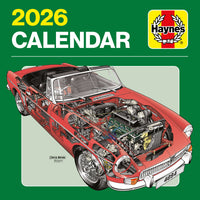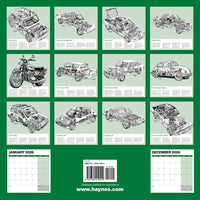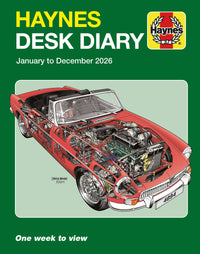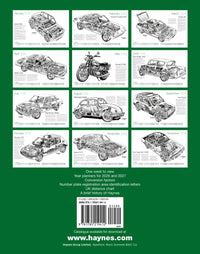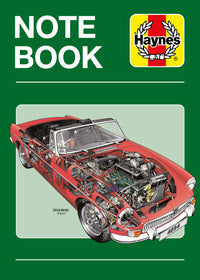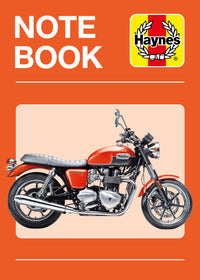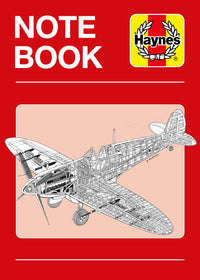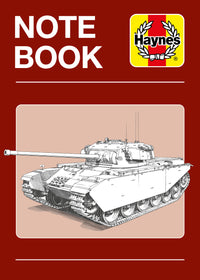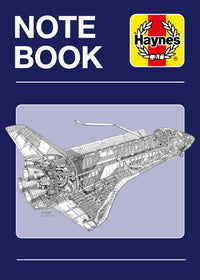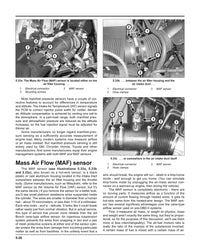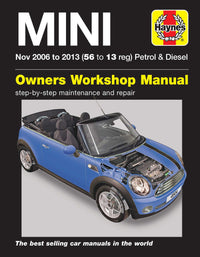The original Land Rover has been with us, in one guise or another, since the dawn of time. If you flick through the pages of the Book of Genesis, there's a Land Rover.
Palaeontologists have found fossilised 110s in the desert. Some Series 1 Land Rovers have been carbon-dated, with results suggesting they were present for the Big Bang. Yes, the Land Rover has been around for a long time.
You'd think, then, that it would have changed and morphed into something barely recognisable compared to its original incarnation. It hasn't, though.
It's maintained the same basic look for decades. There are, however, subtle differences to help you work out what you're looking at.

The Series 1
Built from 1948 to 1958
The original Land Rover, or the Series 1 as it's now known, was unveiled in 1948. The idea was to offer post-war Britain a vehicle that could do anything and could go anywhere. It would be the vehicle with which we could rebuild our great nation, or something like that.
And rebuilding a nation, as it happened, didn't need much in the way of luxury. As such, things like a roof or the top half of the doors were optional. Inside, you had a seat and a steering wheel. That was about it. The first models were powered by a 1.6 petrol with 50bhp, though diesels joined the line-up in the '50s.
To spot a Series 1, you're looking for a central grille and headlight arrangement, in which they're squashed in between the boxy arches. Also, the Series 1 was flat-sided. There were no body mouldings or curves. This was as utilitarian as they come. The spare wheel on the bonnet is also a bit of a giveaway.
Land Rover fact: The Series 1 was originally designed with a central steering wheel/driver's seat!
- Get our Land Rover Series 1, 2 and 3 Restoration Manual!

The Series 2 and 2A
Built from 1958 to 1971
The Series 2 and 2A built on the good work of the Series 1 by being capable off-roaders, reliable and rugged. At a glance, they weren't too dissimilar to the Series 1, but in reality, it was a completely regenerated vehicle. The track was widened, the body was enlarged, too, while the engines were also replaced with more powerful units.
There was also a greater push on offering the S2 and S2A in long-wheelbase guise, meaning a wheel-to-wheel distance of 109 inches (88 in the case of the short-wheelbase).
The S2 and S2A are largely the same. To spot an S2 over an S1, you need to look for the pronounced shoulder line that was incorporated to house the wider track of the S2. In the case of the S2, there were two lights (sidelight and indicator) on the top front corner of each wing.
On the 2A, these lights were stacked and were bigger than those of the 2A. A dead giveaway is if the headlights are in the wings, as this was a feature from 1969. Also, the 2A was the first model to be fitted with the 2.25 diesel engine.
Land Rover fact: The Land Rover dominated many world markets. In Australia in the 1960s Land Rover held 90% of the 4Ã4 market.
- Get our Land Rover Series 1, 2 and 3 Restoration Manual
- Get our Land Rover Series 2, 2A and 3 Owners' Workshop Manual

The Series 3
Built from 1971 to 1985
The Series 3 is the most common of the early Land Rovers, with nearly half a million being built. It was largely unchanged from the S2A, proving that Land Rover was going with the 'if it ain't broke, don't fix it' mentality.
Though they did make some changes, the most notable being the addition of the mighty Rover V8 engine to the line-up, giving the Land Rover the grunt it always should have had.
It was also made available with more comfortable trim options, so as to offer greater appeal to those who wanted a Land Rover for more 'everyday' use. That said, most buyers still opted for the most basic trim level.
To spot one, the biggest giveaway is the plastic grille, which replaced the predecessor's metal item. The leading edge of the bonnet became more rounded and the wing mirrors got a little bit bigger, but honestly, that was about it. They really didn't change much at all!
Land Rover fact: The old Landy came in many guises. You could have it as a soft top, a pick up, a 'station wagon' or even as an ambulance!
- Get our Land Rover Series 1, 2 and 3 Restoration Manual
- Get our Land Rover Series 2, 2A and 3 Owners' Workshop Manual

The 90/110
Built from 1983 to 1990
The 90/110 were named after their respective wheelbases. The name Defender hadn't yet come about, so we had to make do with the numbers. Visually it these models were very similar to the S3, but in reality they were far more advanced.
The interiors were more car-like than they had ever been, meaning they were comfortable and warm. They inherited a permanent four-wheel-drive system from the Range Rover, making them even better off-road.
The whole thing was coil-sprung rather than leaf, meaning it would no longer break your spine, and of course, a new range of modern engines was added.
To spot a 90/110, you need to look for a flat front. Gone was the indented grille, instead being replaced by a large, full-width black plastic item.
Also, the screen was made taller and from one piece of glass, not two. Many 90/110s also gained flared arches and even alloy wheels. Oh, the luxury!
Land Rover fact: The 90/110 weren't the only wheelbase options. You could, if requested, have a 130, too. That's almost a Land Rover limousine!
- Get our Land Rover 90, 110 and Defender Restoration Manual
- Get our Land Rover 90 Owners' Workshop Manual
- Get our Land Rover 110 Owners' Workshop Manual

The Defender
Built from 1990 to 2016
In 1990, Land Rover gave us the Discovery, and in doing so, it needed to also finally give the original Land Rover a name. Enter stage left, Defender. It also gained a new generation of turbodiesel engines, meaning it finally had the grunt needed to mix with its motoring peers.
The Defender was also the most luxurious, with leather, CD players, air conditioning and even electric windows finding their way onto the spec list.
The Defender was the perfect culmination of years of development, and despite its high price and antiquated design, it was a sales hit right through to its demise in 2016.
To spot a Defender, look for the luxury. Alloys, metallic paint, high-quality lighting, leather - they're all dead giveaways. Other than that, they look pretty much the same as the 90/110. You need to look for one of the modern Ford i4 engines, or 200/300tdi engines to be absolutely sure. Or, of course, a V8 with electronic fuel injection!
Land Rover fact: The Defender has been used by the military for all kinds of things. Soldier mobilisation, minesweeping, medical response, it's done it all!
- Get our Land Rover 90, 110 and Defender Restoration Manual
- Get our Land Rover Defender (1983-2007) Owners' Workshop Manual
- Get our Land Rover Defender (2007-2016) Owners' Workshop Manual
